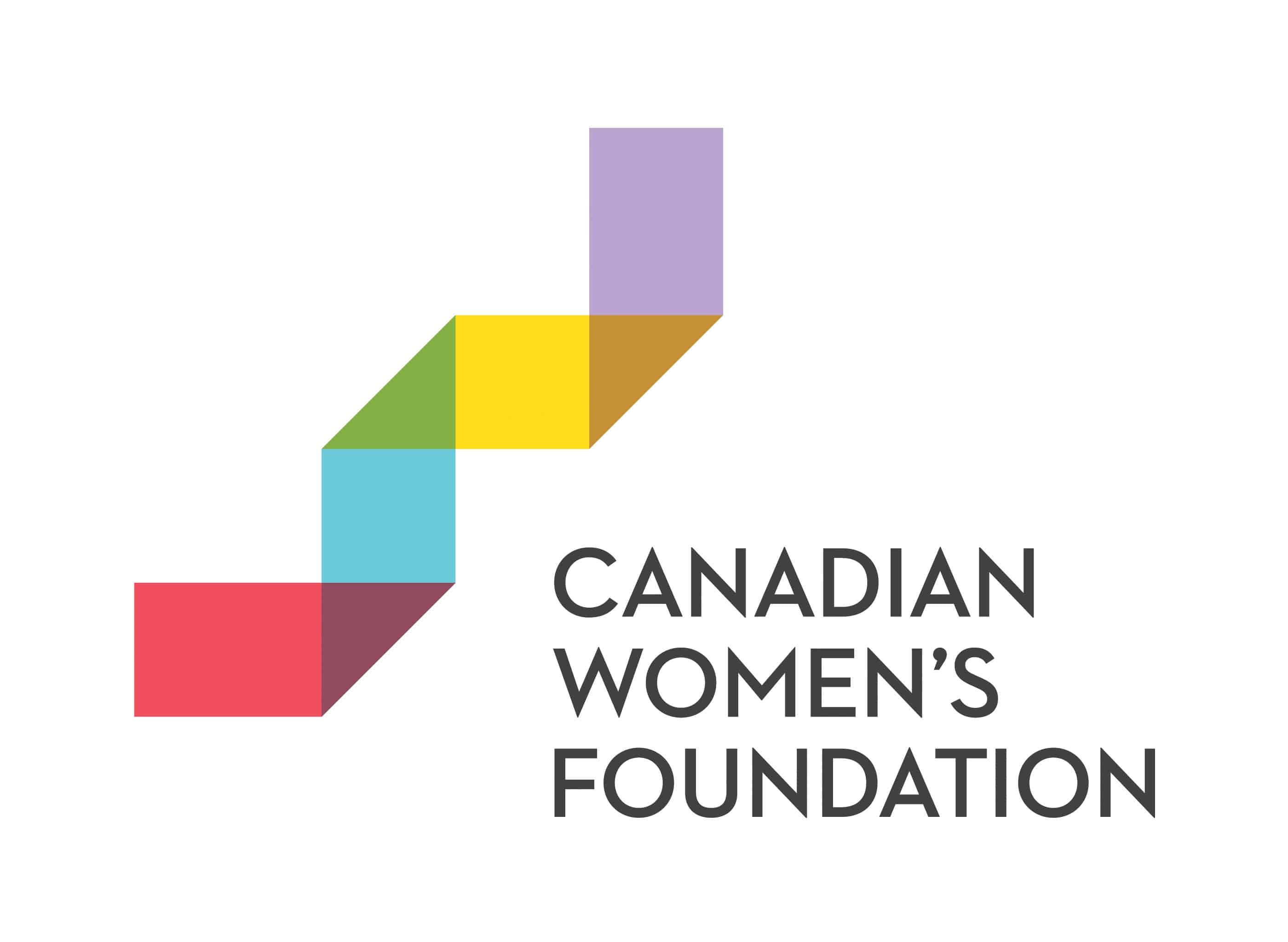
The Liard Aboriginal Women’s Society (LAWS) was established in the Kaska Territory as a non-profit society in 1998. What began as a small circle of women from the Kaska Nation concerned with community healing, evolved over time to developing and offering a comprehensive community transformation process. LAWS recognized a critical need to provide opportunities for Royal Canadian Mounted Police (RCMP) members to hear from Kaska women, other community members, service providers and government agencies about violence and how it could be addressed.
Over a two-year period, LAWS would work with RCMP and community service providers to build an understanding and trust with one another. The Kaska women came to the meetings with their historical experiences of violence, perpetuated by men and by the Canadian state, including the racist treatment by police towards their Indigenous men if violence was reported.
Response-based practice (RBP) formed the foundation of the curriculum. RBP is a therapeutic approach designed to assist people in their recovery from violence. It is a way of working with individuals and groups who have experienced some form of adversity or oppression to promoterecovery by creating safety, attending to dignity and by highlighting a person’s responses to mistreatment. This may include spousal assault, colonial violence, child protection and refuge/shelter work, law and policing. It evolved from work with counseling clients and continues to evolve in its scope and detail. Systematically, response-based practice contests the epidemic blaming of victims and draws attention to misrepresentations of violence which benefit perpetrators and further social inequalities.
The Together for Justice initiative places Indigenous women at the centre of the circle with an understanding that safety for the least safe can create safety for all women. This centering makes the initiative unique among multiple initiatives that begin with the reverse assumption.
The RCMP knew they had a serious public relations problem, so they responded to the invitation of the LAWS to collaborate on a project to address violence. Working with the RCMP was a particular coup due to the role of the police in perpetuating many of the crimes against Indigenous peoples historically in Canada. Although the goals of the police and the Kaska women originated from different points, there was enough shared concern about becoming more effective in addressing violence against Indigenous women that the collaboration began. With a sense that continuity and commitment are crucial for success, Executive Director Ann Maje Raider from LAWS requested that the RCMP command be present at all meetings and that the typical “open door” policy be replaced with a continuity of participation. This condition was important for creating safety as it validated the importance of the task and increased the likelihood that members of the police were supported and encouraged to participate.
Together for Justice involved analyzing language that is used in society to portray victims and perpetrators, promoting an accurate language use to describe deeds and to show that all actions make sense in context. The group process consisted of exploring stories of resistance, analyzing language passages, and deconstructing mutualizing and victim-blaming accounts.
The Together for Justice project demonstrated the possibilities for working across differences, across organizations and across mandates to achieve a common goal. The sharing of perspectives and culture can engender compassion and understanding for the position of the “other”. Not all participants were transformed through this process but a unified and solidified group spirit and group identity did take shape through the efforts of those committed to the process.
The protocol agreements, the commitments and the new friendships between individuals are examples of a fluid process of ongoing collaboration. Ultimately, the project’s success will rest on the reality of increased safety for women, particularly Indigenous women and their children.
By Ann Maje-Raider & Cathy Richardson
Learn More
- Ancient wisdom helps women move out of violence
- Seven Teachings for Violence Prevention
- Alcohol is not an excuse for sexual violence
Take Action
- Help us invest in the strength of women and the dreams of girls – donate now!
- Sign up for our e-newsletter to have our latest stories and resources sent to your inbox.
- Follow us on Facebook and Twitter to join a national conversation on gender equality.







